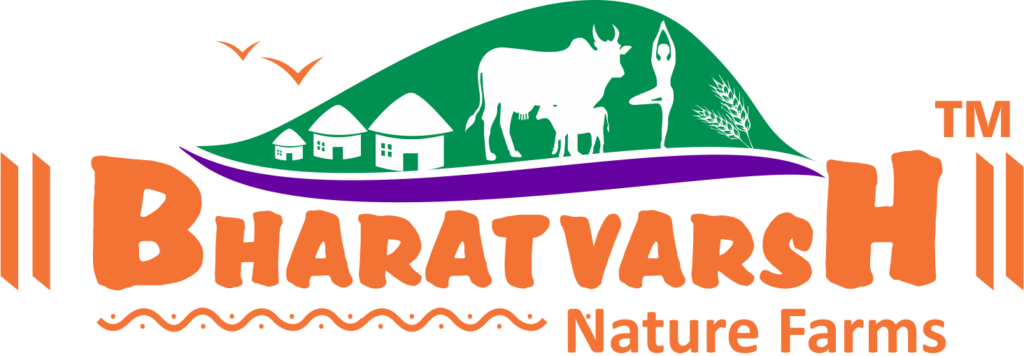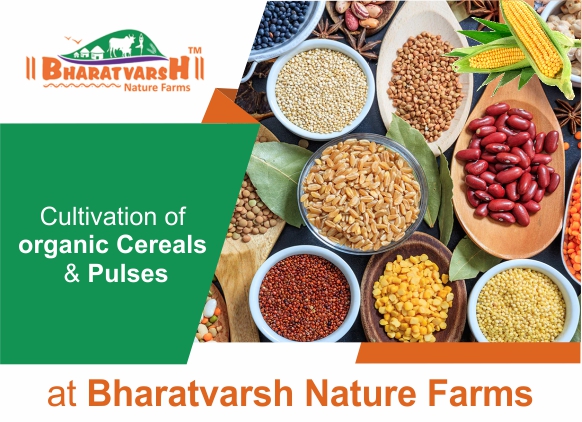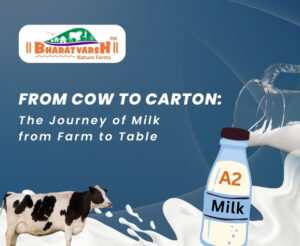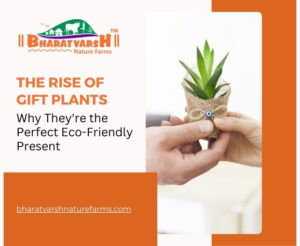Cereals and pulses are both classified as grains, which are often thought of being hard, dry seeds with modest diameters. The grains are primarily of five types: cereals, pulses, whole grains, pseudo cereals, and oil seeds. The plants that produce grains are also generally referred to as grain crops.
First, we’ll look at Cereals.
Cereals are reliable sources of energy and are widely farmed across the globe. Cereals are renowned for their abundant supply of starch. Cereals are high in vitamins, lipids, and even protein, in addition to carbs.
Most cereal lineage offspring are popular cereals such as rice, millet, and wheat, the most stable staple foods in most developing nations. Other significant products in more developed countries include oats, sorghum, rye, and triticale.
Let us now go further into pulses.
Pulses are annual leguminous crops derived from pods containing seeds varying from one to twelve. Pulses, unlike cereals, have a more-dense amino acid makeup.Pulses may be a delectable complement to any diet. Besides protein, pulses are densely packed with fiber and include a high concentration of critical vitamins such as folate and minerals such as zinc, iron, and phosphorus. As a result, we may conclude that pulses benefit our health and overall well-being.
Several civilizations throughout the globe have their ways of consuming pulses. As a result, we might get vibrations in split form, ground form (processed into flours), and so on. Beans and pulses are essential to our diets in every area of India; a nation with many vegetarians. At least one meal of the day has some whole or split bean or dal, if not in the form of dal itself, then in the shape of sprouts or powdered and used as flour. However, it is crucial to note that fresh beans do not come within the pulses category.
Besides their nutritional value, pulses are used in crop rotation because of their ability to fix nitrogen into the soil. Pulses are further subdivided. Examples are chickpeas, Bambara groundnut, dry beans, lentils, and other pulses.
Conventional Cultivation of Cereals and Pulses
Pesticides are the widely used chemicals (natural or synthetic) which are employed in various conventional agricultural practices to control pests, weeds and diseases in plants. The pesticides include a wide range of herbicides, insecticides, fungicides, rodenticides, nematicides, etc., and are often used in farming. Although they control weed development very effectively, their persistent and ubiquitous nature has posed havoc to the mankind due to their bio accumulation properties and high toxicity.
There are some major disadvantages of conventional farming practice that cannot be neglected. Some of them are:
● Extensive use of chemicals degrades the quality of the soil, devoiding it of essential nutrients. This, in turn, affects the productivity of the soil.
● As the chemicals enter the food chain, they contaminate our body, affecting our health and make us more prone to serious diseases.
● As the overall focus is towards increasing production, staple crops are prioritized, because of which the variety of food crops grown is limited.
● Most importantly, this farming practice has serious environmental hazards. It leads to water pollution, water scarcity, affects animal life, increases deforestation, etc.
Many individuals don’t realize they’re ingesting risky amounts of these chemicals along with daily consumption of their carbohydrate and protein source.These pesticides are known to hinder the normal functioning of endocrine and reproductive systems in living organisms leading to several chronic health issues.
Organic Agriculture of cereals and pulses
Like other organic foods, when organic cereals, beans and pulses are cultivated without artificial fertilizers and pesticides, they are devoid of any potentially harmful substances that may otherwise enter our systems. Furthermore, the crop rotation, which is an essential approach in organic farming, considerably increases the quality of cereals and pulses. Let’s look at how Bharatvarsh Nature Farms grows organic cereals and pulses.
Organic Farming at Bharatvarsh Narture Farm
Bharatvarsh Natural Farms is the largest nature tourism site near Nagpur, with 100 acres of breathtakingly vast flora. These organic farms, developed on the bank of a natural lake and surrounded by a vast forest region, are just 30 kilometers from Nagpur on Umred Road.
The property includes:
- A food forest.
- Super-foods farm.
- Medicinal garden.
- Dairy farms with Indian breed cows.
- Green fodder fields.
- Well-designed picnic gardens.
- Fun-filled activities for everyone who enjoys nature.
Bharatvarsh Nature Farms is a beautiful retreat for individuals seeking to disconnect from the outer world and immerse themselves in the pleasant warmth of nature. The location allows you to spend time with nature in the most natural manner possible.
We at Bharatvarsh nature farms have made an effort to properly determine and farm organic cereals and pulses especially wheat and toor dal. Get in touch with our team to enquire more about organic Cereals and Pulses produced at our farm.
Contact Bharatvarsh Nature fams.
Get in touch with us for any further information. Happy Healthy Eating!
For more details, please visit our website: https://bharatvarshnaturefarms.com/
Write to us at: info@bharatvarshnaturefarms.com Call us at: 91-8603214214, 8650214214
Read more : Why inter cropping is a necessity in organic farming? – Bharatvarsh Nature Farms




